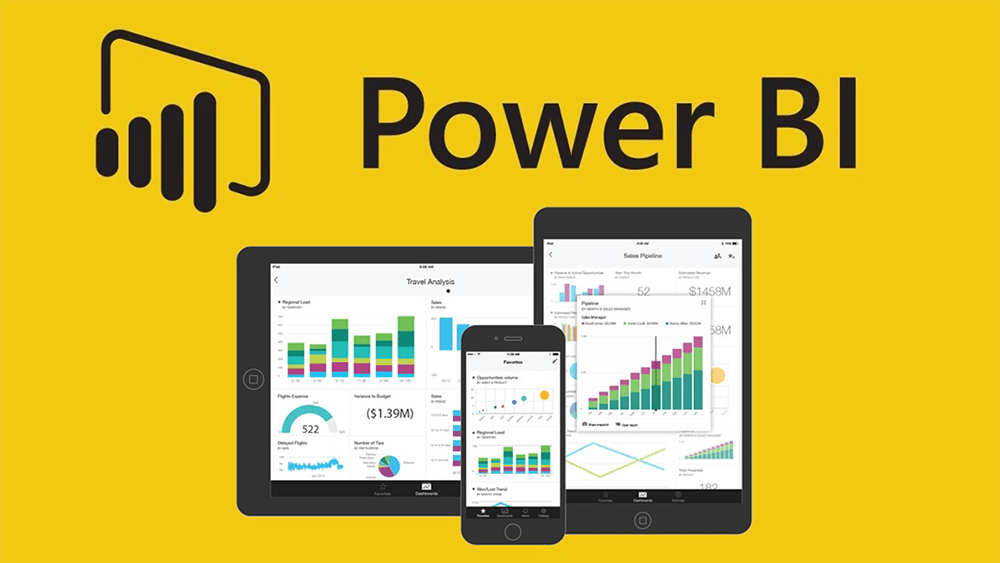Power BI is a data analysis tool that helps businesses turn raw data into valuable insights. One of the key components of Power BI is its data modeling capabilities, which allow users to create a model of their data that can be used to create visualizations, reports, and dashboards. In this article, we will explore the basics of Power BI data modeling and how it can help businesses make more informed decisions.
Data modeling in Power BI involves creating a structure for your data so that it can be easily understood and analyzed. This structure includes tables, columns, and relationships between tables. When you create a model in Power BI, you are essentially telling the tool how the data should be organized and what each piece of information represents. This makes it easier to work with the data and get a clear picture of what is going on in your business.
One of the benefits of using Power BI for data modeling is that it is easy to use, even for people who are not familiar with data analysis. The tool provides a simple drag-and-drop interface that makes it easy to create and manage data models, and you don’t need to know any code to get started. This means that anyone in your organization can use Power BI to create meaningful insights from your data, regardless of their technical skills.
Once you have created a data model in Power BI, you can use it to create visualizations and reports that help you understand your data better. For example, you can create charts, graphs, and tables that show you trends over time, highlight important insights, or compare data from different sources. These visualizations make it easy to see patterns and relationships in your data that you might not have noticed otherwise.
Another key benefit of Power BI data modeling is that it allows you to combine data from different sources into a single view. This can be especially useful if you have data from multiple systems or platforms, such as a CRM, an ERP system, or a website. By bringing this data together in a single model, you can see the big picture and understand how different parts of your business are connected.
In conclusion, Power BI data modeling is a powerful tool that can help businesses turn their data into valuable insights. With its user-friendly interface and powerful data analysis capabilities, it is a great choice for businesses of all sizes that want to make more informed decisions based on their data. Whether you are a small business owner, a marketer, or a data analyst, Power BI is a tool that can help you turn your data into insights and make better decisions.
Personal Career & Learning Guide for Data Analyst, Data Engineer and Data Scientist
Power BI Tutorials : Power BI – Data Modeling
 Loading...
Loading...
Disclaimer: The information and code presented within this recipe/tutorial is only for educational and coaching purposes for beginners and developers. Anyone can practice and apply the recipe/tutorial presented here, but the reader is taking full responsibility for his/her actions. The author (content curator) of this recipe (code / program) has made every effort to ensure the accuracy of the information was correct at time of publication. The author (content curator) does not assume and hereby disclaims any liability to any party for any loss, damage, or disruption caused by errors or omissions, whether such errors or omissions result from accident, negligence, or any other cause. The information presented here could also be found in public knowledge domains.
